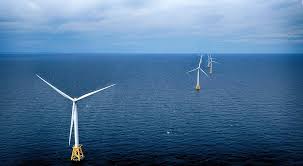-
Lower energy demand placing stability stress on UK grid as proportion of renewables increases
Date posted:
-
-
-
Post Author
Patrick LaveryCombustion Industry News Editor
-
-
![]()
The Financial Times has reported on the “significant operational risk” currently facing the UK’s National Grid, which may for the first time have to issue a plea to power stations across the kingdom to cut supply. Electricity demand in the kingdom has been around 20% lower than normal during the COVID-19 crisis, and a range of circumstances are making this challenging to deal with. During ‘normal’ times, an excess of supply may sometimes be managed by selling electricity to other countries, but there is little appetite on the continent for electricity importation at present. Record-breaking weather patterns suited to production of solar and wind power have generated high amounts of electricity during this first period of the pandemic, with renewables reaching as much as 60.5% of the share of electricity in April, putting pressure on the stability of the grid. Originally designed to operate in a context of large, predictable, conventional power plants, it can usually operate with up to 50% renewables, but not more. Because of this, National Grid often intervenes to pay wind turbines to switch off when the share of renewables is over 50%, perversely increasing overall costs which will ultimately be passed on to consumers. (A similar idea is currently being raised in Australia, where the Australian Energy Market Operator is pushing for control over home solar installations for grid stability reasons.) The present operational difficulties, however, have a silver lining – National Grid will gain experience in managing a grid with higher portions of renewable energy, something that will have to be learned if the UK is to meet its 2050 net-zero carbon goal.

